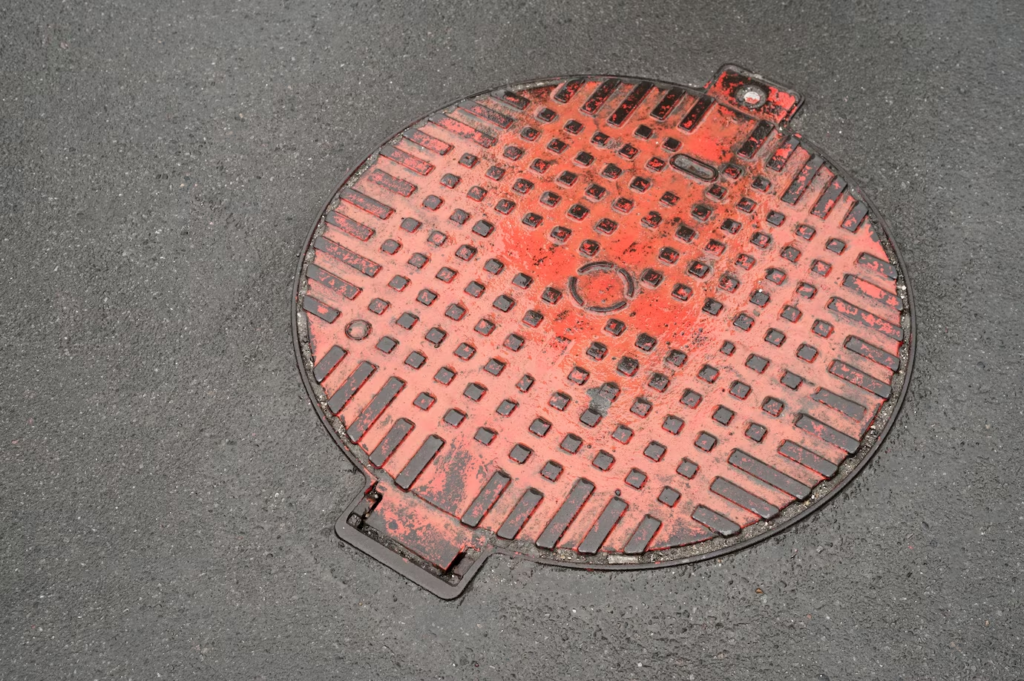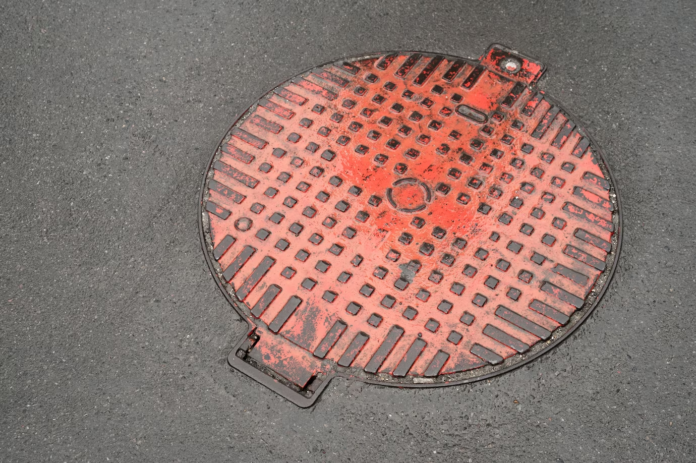Introduction
Septic tanks are an essential part of many residential properties, providing a safe and efficient way to treat and dispose of wastewater. They are particularly common in rural areas where access to public sewer systems is limited. Septic tanks play a crucial role in maintaining the health and hygiene of a household, ensuring that wastewater is properly treated before being released back into the environment.

In this article, we will explore the purpose and functioning of septic tanks, their advantages over public sewer systems, signs that your house might have a septic tank, the importance of regular maintenance, common problems and their solutions, how to determine when your septic tank needs pumping, the cost of installation, alternatives to septic tanks for wastewater treatment, and the environmental impact of septic tanks.
Understanding the Purpose of a Septic Tank
Septic tanks are necessary because they provide an efficient and cost-effective way to treat and dispose of wastewater. Unlike public sewer systems, which transport wastewater to a central treatment facility, septic tanks treat wastewater on-site. This is particularly important in areas where public sewer systems are not available or are too expensive to install. Septic tanks are typically made of concrete or fiberglass and are buried underground. They receive wastewater from the household’s plumbing system and separate solids from liquids. The solids settle at the bottom of the tank, while the liquids flow out into a drain field for further treatment.
How Septic Tanks Work
Septic tanks work through a series of steps that involve the separation and treatment of wastewater. When wastewater enters the tank, it undergoes a process called primary treatment. In this stage, solids settle at the bottom of the tank, forming a layer of sludge. Grease and lighter solids float to the top, creating a layer of scum. The liquid in between, known as effluent, flows out into the drain field for further treatment.
The primary treatment process is aided by bacteria that naturally occur in the tank. These bacteria break down the solids, converting them into gases and liquids. The gases are released into the atmosphere, while the liquids are further treated in the drain field. The drain field consists of a network of perforated pipes buried in gravel or sand. The effluent from the septic tank is distributed evenly through these pipes and slowly percolates through the soil, where it undergoes further treatment by naturally occurring bacteria and other microorganisms.
The Advantages of Having a Septic Tank
Having a septic tank offers several advantages over being connected to a public sewer system. One of the main advantages is cost savings. Public sewer systems require homeowners to pay monthly fees for the treatment and disposal of wastewater. In contrast, once a septic tank is installed, there are no ongoing costs, apart from occasional maintenance and pumping. This can result in significant long-term savings.
Another advantage of having a septic tank is increased control over wastewater treatment. With a septic tank, homeowners have the ability to monitor and maintain their own wastewater treatment system. This allows for greater customization and flexibility in terms of treatment methods and ensures that the system is properly maintained and functioning optimally.
Signs that Your House Might Have a Septic Tank
There are several indicators that your house might have a septic tank. One common sign is the absence of a connection to a public sewer system. If your property is located in a rural area or an older neighborhood, it is more likely to have a septic tank. Additionally, if you notice a distinct odor coming from your drains or toilets, it could be a sign that your septic tank needs attention.
To locate a septic tank on your property, you can look for certain physical features. Septic tanks are typically buried underground and can be identified by the presence of access points called manholes or inspection ports. These are usually located near the house or in the yard and provide access to the tank for maintenance and pumping.
The Importance of Regular Septic Tank Maintenance
Regular maintenance is crucial for the proper functioning and longevity of a septic tank. Neglecting maintenance can lead to costly repairs and potential health hazards. Septic tanks should be inspected and pumped every 3-5 years, depending on the size of the tank and the number of occupants in the household. Regular inspections can help identify any issues early on and prevent them from escalating into major problems.
Maintenance tasks include checking for leaks, inspecting the drain field for signs of saturation or clogging, and ensuring that the tank is properly sealed and watertight. It is also important to avoid flushing non-biodegradable items down the toilet or pouring harmful chemicals down the drain, as these can disrupt the bacterial balance in the tank and cause blockages.
Common Septic Tank Problems and How to Fix Them
Septic tanks can experience a range of problems, some of which can be easily fixed with proper maintenance and care. One common issue is a clogged drain field, which can occur if too much water is being discharged into the tank or if non-biodegradable items have been flushed down the toilet. To fix this problem, it may be necessary to reduce water usage, divert water away from the drain field, or have the tank pumped to remove excess solids.
Another common problem is a leak in the tank or drain field. Leaks can occur due to cracks in the tank or damage to the pipes in the drain field. If a leak is detected, it is important to have it repaired as soon as possible to prevent contamination of groundwater or nearby bodies of water. In some cases, it may be necessary to replace the entire septic system if the damage is extensive.
How to Tell if Your Septic Tank Needs Pumping
Regular pumping is an essential part of septic tank maintenance. Over time, solids accumulate in the tank and can cause blockages or overflow if not removed. There are several signs that indicate a septic tank needs to be pumped. One common sign is slow draining or gurgling sounds coming from drains and toilets. This can indicate that the tank is full and needs to be emptied.
Another sign is the presence of foul odors in the area around the septic tank or drain field. This can indicate that the tank is overflowing or that there is a blockage in the system. If you notice any of these signs, it is important to contact a professional septic tank service provider to have the tank pumped as soon as possible.
The Cost of Installing a Septic Tank
The cost of installing a septic tank can vary depending on several factors. The size of the tank, the type of soil on the property, and the complexity of the installation can all affect the cost. On average, the cost of installing a septic tank ranges from $3,000 to $7,000. This includes the cost of materials, labor, and any necessary permits or inspections.
It is important to note that the cost of installation is a one-time expense, and there are no ongoing fees or charges associated with owning a septic tank. This can result in significant long-term savings compared to being connected to a public sewer system.
Alternatives to Septic Tanks for Wastewater Treatment
While septic tanks are a popular choice for wastewater treatment in rural areas, there are alternative options available. One alternative is a decentralized wastewater treatment system, which consists of a series of smaller treatment units that are installed on individual properties. These systems are similar to septic tanks but offer more advanced treatment capabilities.
Another alternative is a composting toilet system, which treats human waste through the process of composting. Composting toilets are self-contained units that separate liquid and solid waste and use natural processes to break down the waste into compost. This compost can then be used as fertilizer for plants.
The Environmental Impact of Septic Tanks
Septic tanks can have both positive and negative environmental impacts. On the positive side, septic tanks can help protect groundwater and nearby bodies of water from contamination. When properly maintained and functioning, septic tanks treat wastewater on-site, preventing pollutants from entering the environment.
However, if a septic tank is not properly maintained or if it is overloaded with wastewater, it can lead to environmental problems. For example, if a septic tank is leaking or overflowing, it can contaminate groundwater with harmful bacteria and chemicals. This can pose a risk to human health and the health of ecosystems.
To minimize the environmental impact of a septic tank, it is important to follow proper maintenance and care guidelines. This includes regular inspections, pumping when necessary, and avoiding the use of harmful chemicals or non-biodegradable items.
Conclusion
Septic tanks are an important part of many residential properties, providing a safe and efficient way to treat and dispose of wastewater. They offer several advantages over public sewer systems, including cost savings and increased control over wastewater treatment. Regular maintenance is crucial for the proper functioning of a septic tank, and common problems can be easily fixed with proper care. It is important to be aware of the signs that indicate a septic tank needs pumping and to follow a recommended maintenance schedule. By taking proper care of a septic tank, homeowners can ensure its longevity and minimize its environmental impact.



